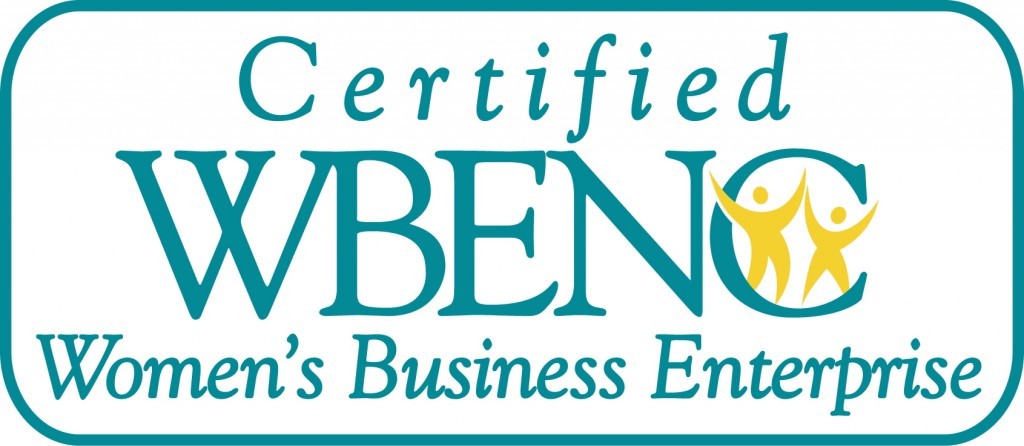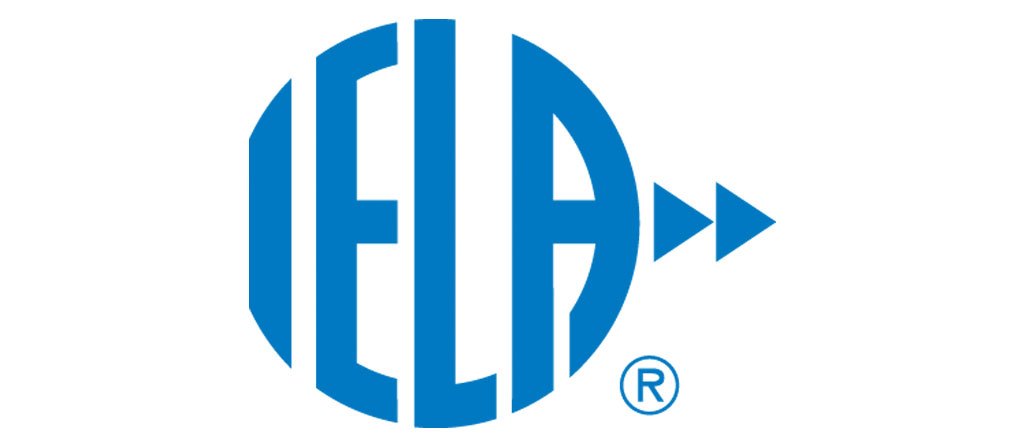What is floor loaded?
Floor loading in the context of trade show shipping means individual crates/cases/pallets not stacked on top of each other. The freight is loaded side by side on the floor of the truck or trailer. You may stack items on a pallet.
How does that benefit my shipments?
It minimizes the internal damage that can occur when items are stacked. It also effectively eliminates the general contractor from charging special handling for stacked freight, as outlined in their exhibitor kits.
The value added benefit of using a company specializing solely on trade show shipping shows through our extra attention to detail at delivery and pickup. A general product carrier (think of the more popular ones you see advertised) often drop off all of their freight in a general drop area at your event. It is later sorted by the General Contractor, which can often lead to additional “special handling charges”. Transit Air Cargo’s drivers actually check in at the marshalling yard (a holding area where trucks and/or buses gather for organized dispatch to a loading dock or show site) where each piece is inspected & signed off by the General Contractor for receipt of the shipment in its entirety. The General Contractor also details the condition in which it has been received. The customer has access to this information through us [while] their shipment is in transit. We provide a POD electronically and our Operations Teams verifies the location of the freight at the show site through our long established network of contacts, thus guaranteeing a seamless and timely delivery.
We are much easier and much more reliable when handling and shipping your special materials. Many trade shows have targeted deliveries, where your shipment must arrive or be picked up at a specific date and time designated by the trade show. FedEx comes to a convention center once a day for pick up and if the paperwork is delayed or someone misses their freight, then it could be shipped via the general contractor’s carrier or to their warehouse, which will result in additional fees. Also, when a show dismantles on a weekend, there is even more of a chance FedEx will not show up at all. If FedEx is not able to pick up at the designated time, you can be charged extra drayage fees for off time pick up, or worse, have your freight “forced” with a show appointed carrier that you have no control over. We are experts in making sure your trade show shipment arrives and is picked up at the show at the exact date and time it is required. Also worth mentioning is the necessary handling of tradeshow freight, often requiring straps to secure the items. A FedEx may be cheaper on small packages, but not always for larger shipments.
There are various ways of packing your freight. You may ship separately crated or on a pallet. Since we floor load freight and if the dimensions are higher than the weight it can be more costly, so that is a decision for the customer.
The best suggestion is to pack them in cartons and/or cases, while placing inserts between each product for protection, such as foam or paper material. As far as palletizing, place the heaviest cartons at the bottom of the pallet as close together as possible, with lighter items on the top. Tight packing significantly decreases the opportunity for damage. All corners should be protected with a bump protection barrier such as cardboard if at all possible.
Items that should not be sent to a show depends on the show rules and regulations and/or transportation regulations. Some items are, for shipping purposes restricted, hazardous or prohibited, but guidance needs to come from official sources. Either way, Transit Air Cargo must be notified of any restricted and hazardous material that is to be shipped.
We have our own warehouse in La Mirada, CA where we can store your freight, both pre and post show(s) as long as you need. We have agent warehouses throughout the U.S. and Internationally. We do charge for storage, but at very cost-effective rates. In some cases we can store for short periods at no charge.
From Coast to Coast you are looking at approximately 3000 miles… Transit Air Cargo typically will calculate the transit time on a coast to coast move at approximately 5-7 or 7-10 business days, depending on the pickup/delivery location. Some distant/rural locations may require additional days in transit if they are not a directly serviced point. This applies to both directions.
Line haul trucking is the movement of freight directly from the point of origin to point of destination. Nowadays, most carriers DO use air ride trucks, but most common carriers DO NOT use line haul carriers, resulting in freight going through multiple transfers (Hub & Spoke System). Transit Air Cargo ONLY uses line haul carriers which reduces the chance of your freight being lost or damaged.
Custom crating is one of the most effective and secure ways to transport fragile material. Transit Air Cargo has a diverse line of quality trade show crating & packaging solutions. All of our crates are designed specifically for today’s high-tech exhibit & display equipment. Exhibitors are given the peace of mind afforded when they know their trade show valuables are safe & secure. Compartmentalized construction, and vibration stability engineering, is provided by our most effective and convenient crating & packaging solutions available. Crating provides the highest-level of durability and life expectancy for your materials. Custom design, standard sizing, optional hardware & supplemental security features give our customers a wide array of options.
Packing your electronics in the boxes and compartmentalized packing they came in is always a good way to be sure everything’s secured and safe during transit. If you choose that option, you should, however, be sure there is nothing on the outside of the box or crate which discloses what’s inside. This can reduce the risk of theft.
The use of our labels is always optional, but we strongly recommend the use because of the exact details of the shipment as well as the unique color and shape, which makes your shipment easier to identify on the show floor, empties storage, and at the advance warehouse.




